Hypoallergenic dog breeds are breeds that are less likely to cause allergic reactions in humans. This is because these breeds have little or no fur, which can contain allergens.
Why do some dog breeds cause allergies?
Allergic reactions to dogs can be caused by various allergens found in a dog’s saliva, urine or fur. Some dog breeds have dense, thick coats that shed easily and may contain more allergens than other breeds. Also, some dog breeds may have skin that is more prone to secreting secretions and excretions, which can also cause allergic reactions.

The best hypoallergenic dog breeds:
- The Poodle is a breed of dog that does not shed and has a special coat that can be trimmed in a variety of styles. They can range in size from small to large, and are very intelligent and easy to train.
- Bichon Frise – This dog breed has a curly, snow-white coat that does not shed and is allergen-free. They are very active and social, and love spending time with family.
- Maltese Bologna – This dog breed has a long, soft and silky coat that does not shed. They are very affectionate and love to be the center of attention.
- Yorkshire Terrier – This dog breed has a coat that does not shed and is very soft to the touch. They are small but very energetic and easy to train.
- Chinese Crested – This is a breed of dog that has no fur, but instead has fur balls on their head and tail. They are very friendly and adapt easily to life in an apartment.
How to properly care for a hypoallergenic dog?
Taking care of a hypoallergenic dog can be a bit different than taking care of other dog breeds. It’s important to understand that taking care of your dog’s coat and skin is a key aspect in reducing the amount of allergens he or she may be releasing.
The first step in caring for a hypoallergenic dog is to brush his coat regularly. This will help remove excess hair and prevent lumps and knots that can lead to skin irritation.
It is also important to bathe your hypoallergenic dog regularly, using a special shampoo that will help reduce allergens on the coat. But you shouldn’t bathe your dog often so as not to disturb his natural skin balance.
Tips for choosing a hypoallergenic dog breed
- Before you decide to get a hypoallergenic dog, be sure to get an allergy test to make sure you will not have any allergic reactions.
- Choose a dog breed that fits your lifestyle. Some breeds are more suitable for apartment living, while others may be more active and require more movement and space.
- Consider adopting a hypoallergenic dog from a shelter. Not only will this help you find a home for your homeless pet, but it will also allow you to avoid the risks associated with buying a puppy from an unproven breeder.
- Be sure to inquire about the health of the breed of dog you plan to purchase, and make sure it has no genetic problems or hereditary diseases.
In conclusion, if you suffer from dog allergies but still dream of having a pet, hypoallergenic dog breeds may be a great choice for you. But keep in mind that caring for a hypoallergenic dog may require additional time and resources. Nevertheless, the love and devotion you will receive from your pet will certainly be worth the effort.
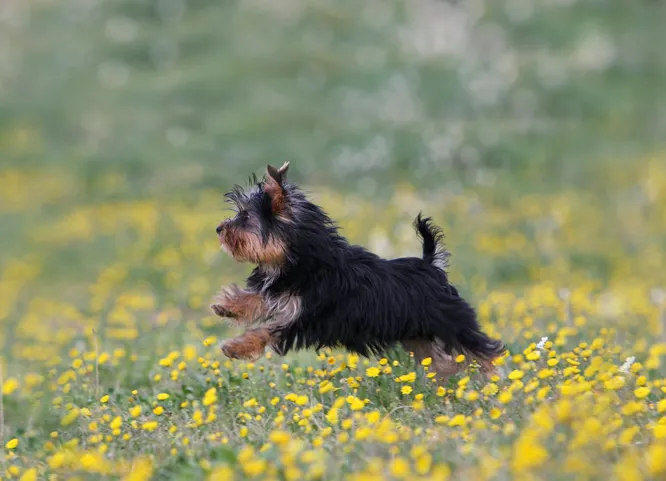

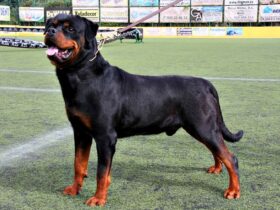
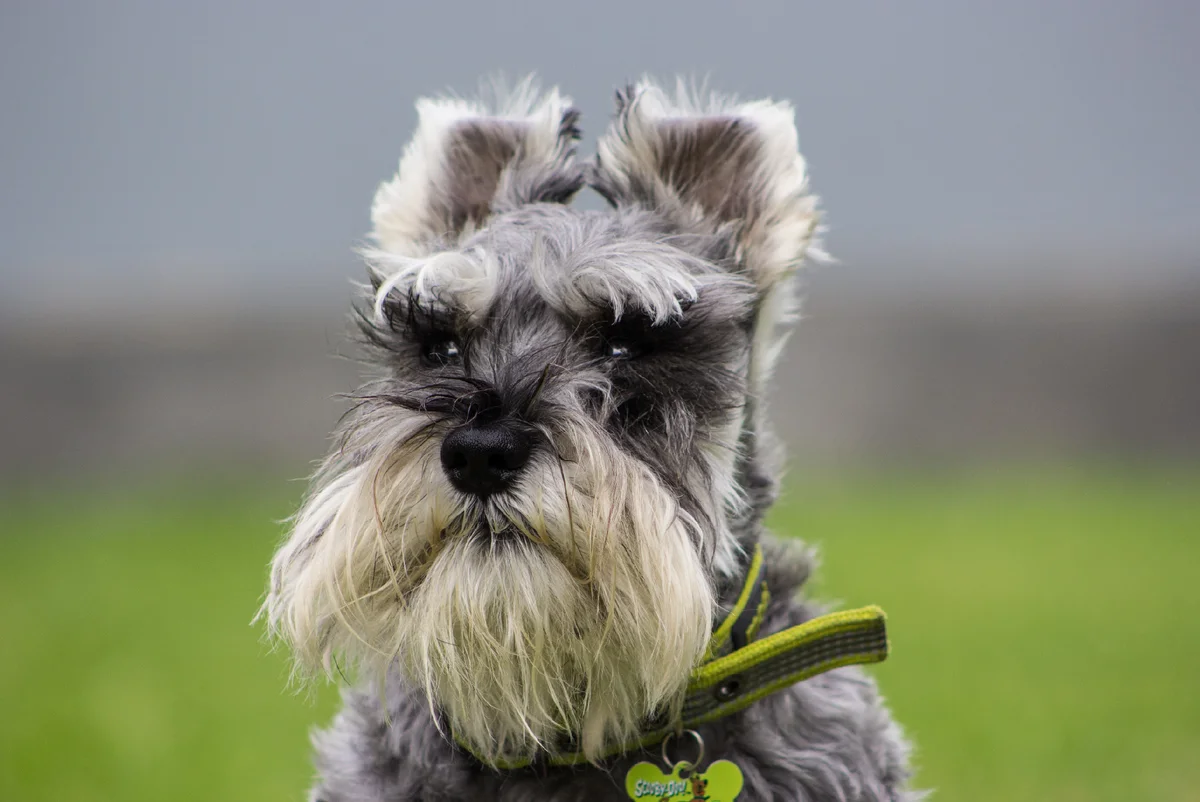
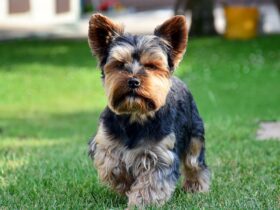

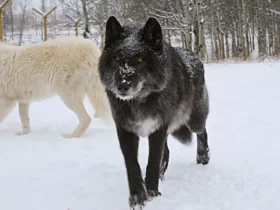
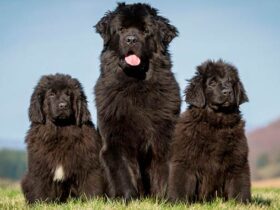
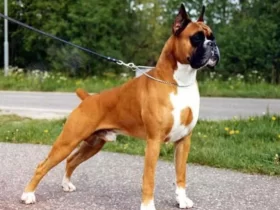
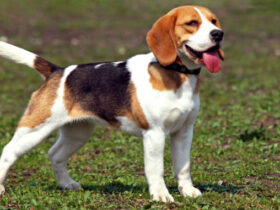
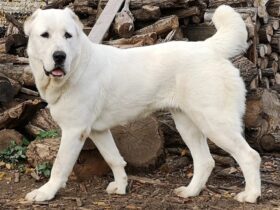
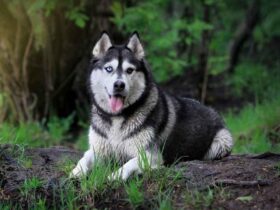


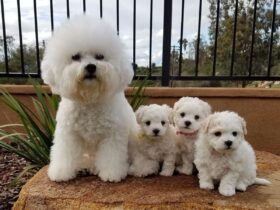
Leave a Reply